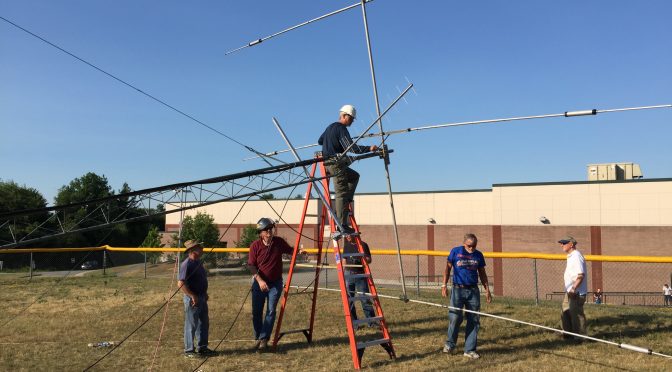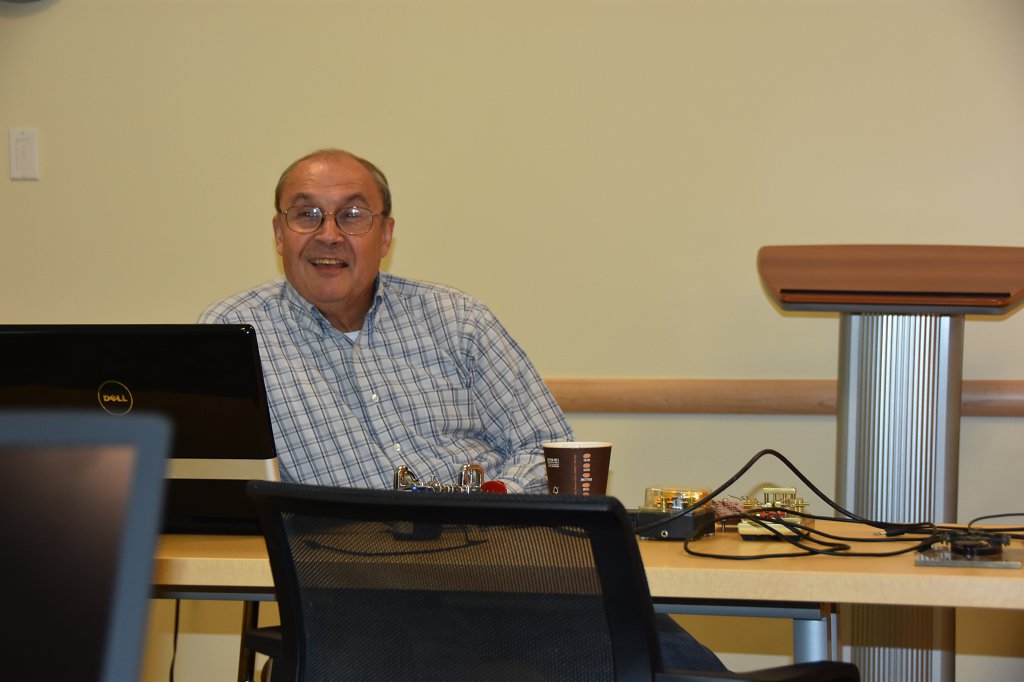We got up to some great news this morning. The Nashua Area Radio Club is once again Number 1 Field Day!!
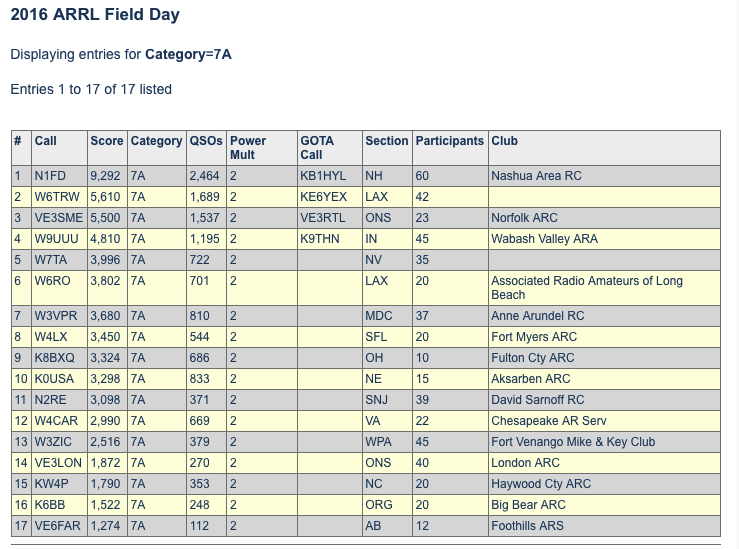
We are the Top Club in our Category (7A) for 2016 with a final score of 9,292. The next closest club was W6TRW with a score of 5,610. You can see all the 2016 results on the ARRL score page. For a more detailed breakdown of our score for 2016, check out our Field Day page.
Congratulations to everyone who helped to make our 2016 operation a success! Also, a special thank you to our planning team –

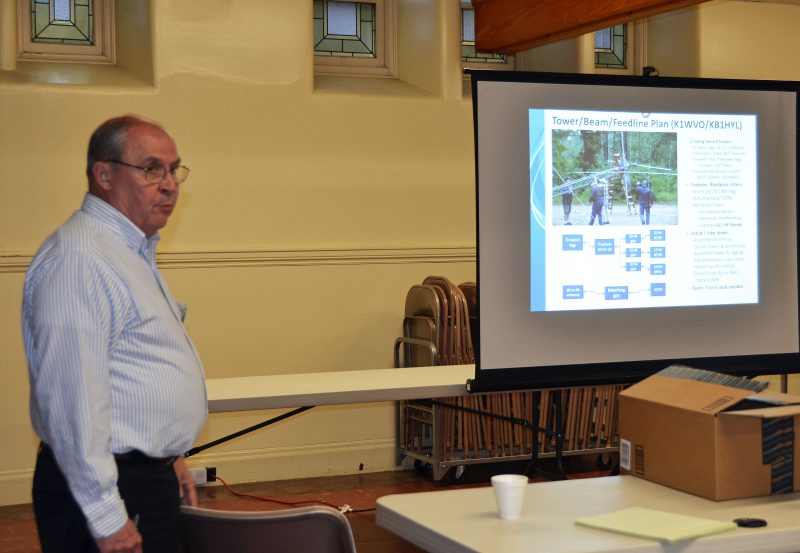
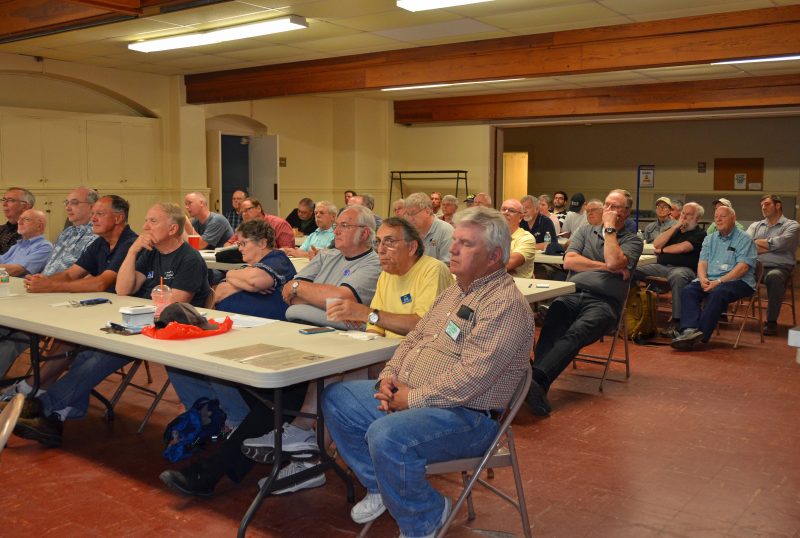
We certainly have many great memories from our 2016 Operation. I spent some time today looking at the photos from our 2016 Operation and the video from our 2016 Operation again. I picked out some photos to share here –

Our setup was well planned and the execution was top-notch!
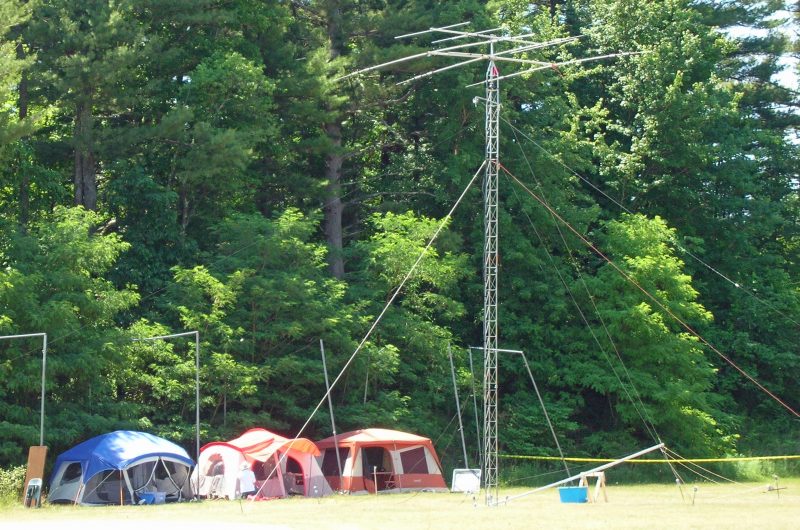
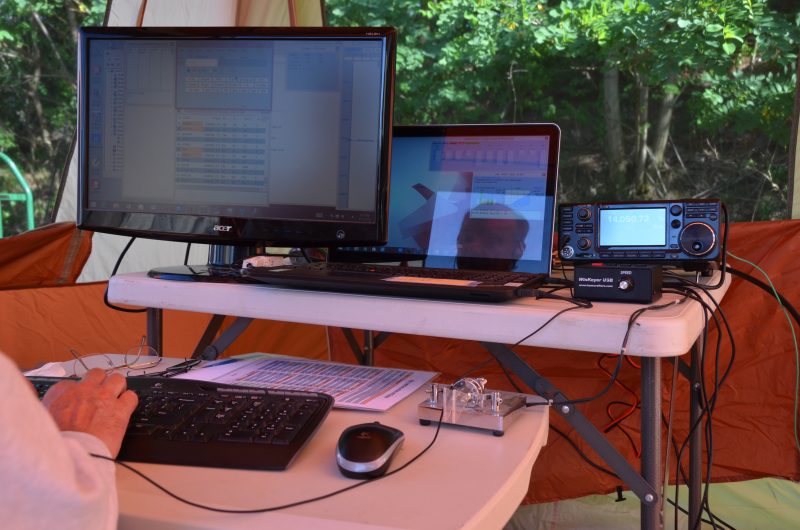


Many folks in our club pulled together to build our setup and we operated hard during Field Day.
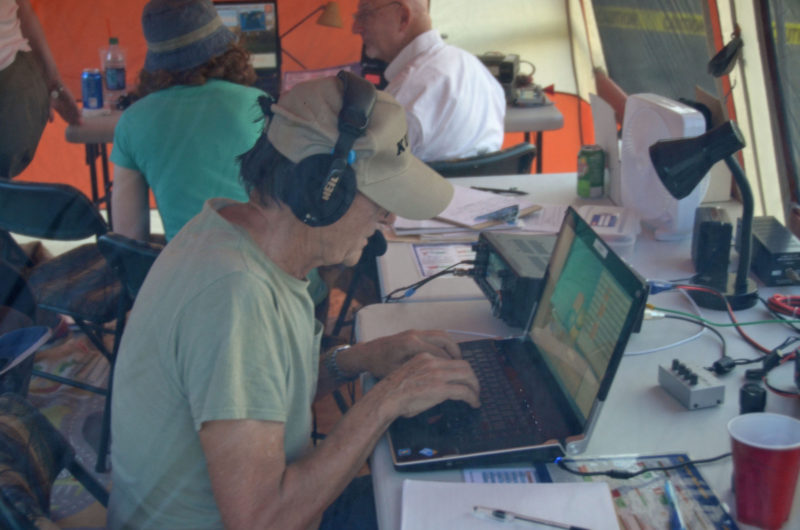
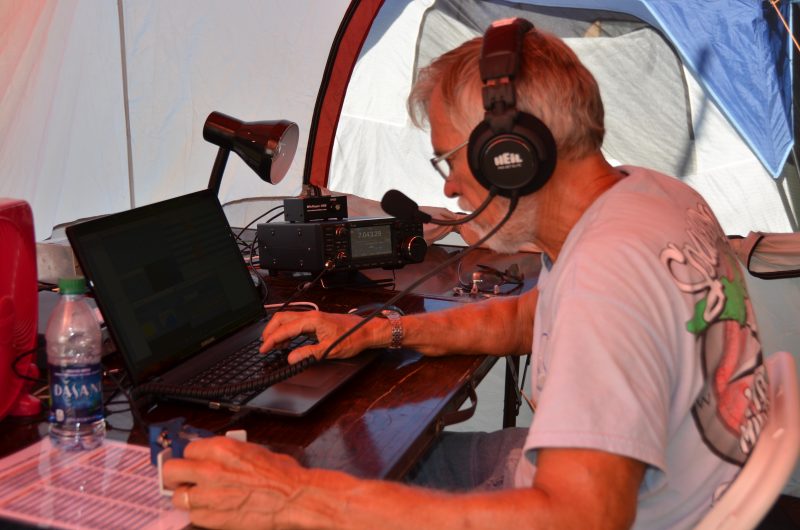
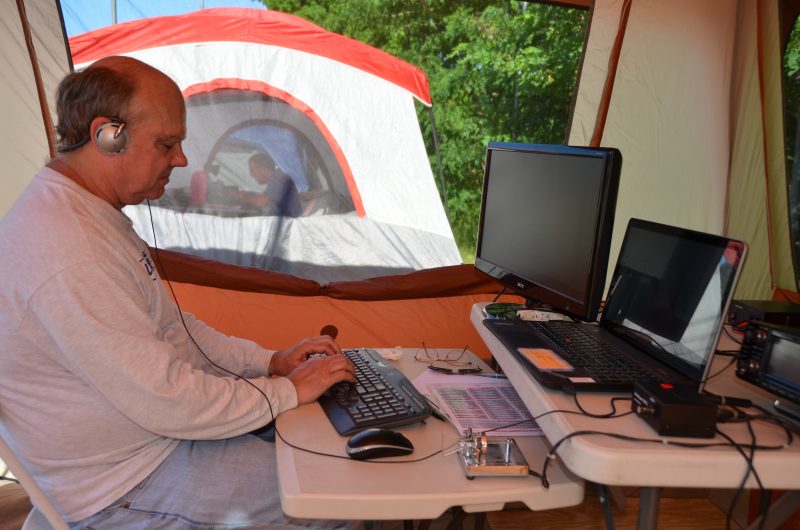
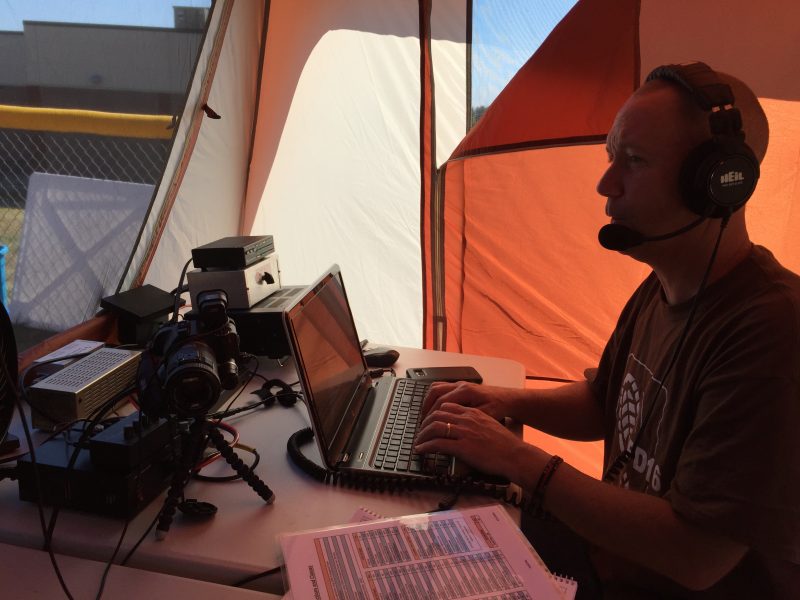

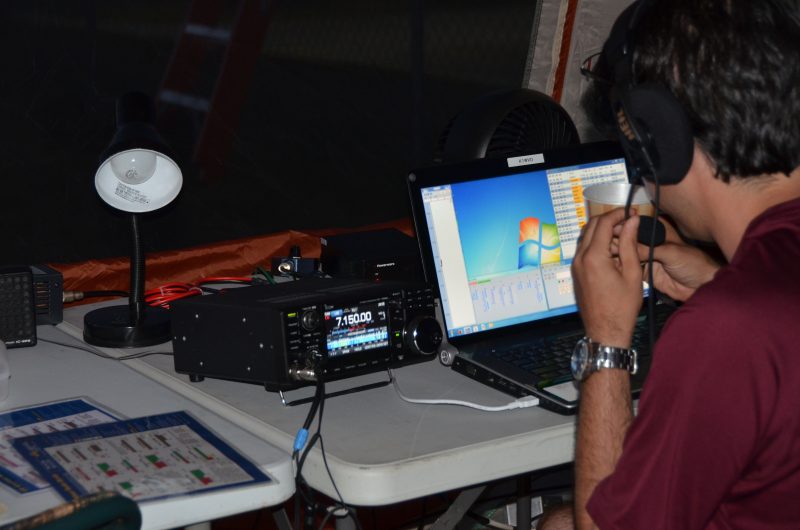
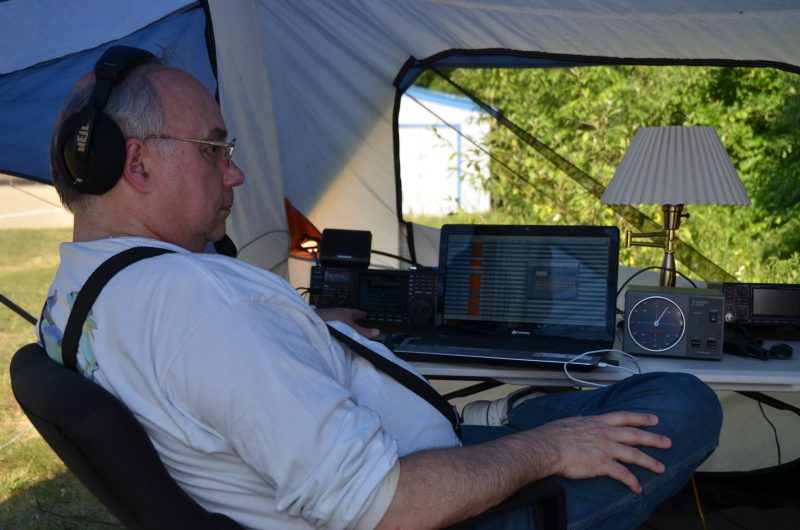
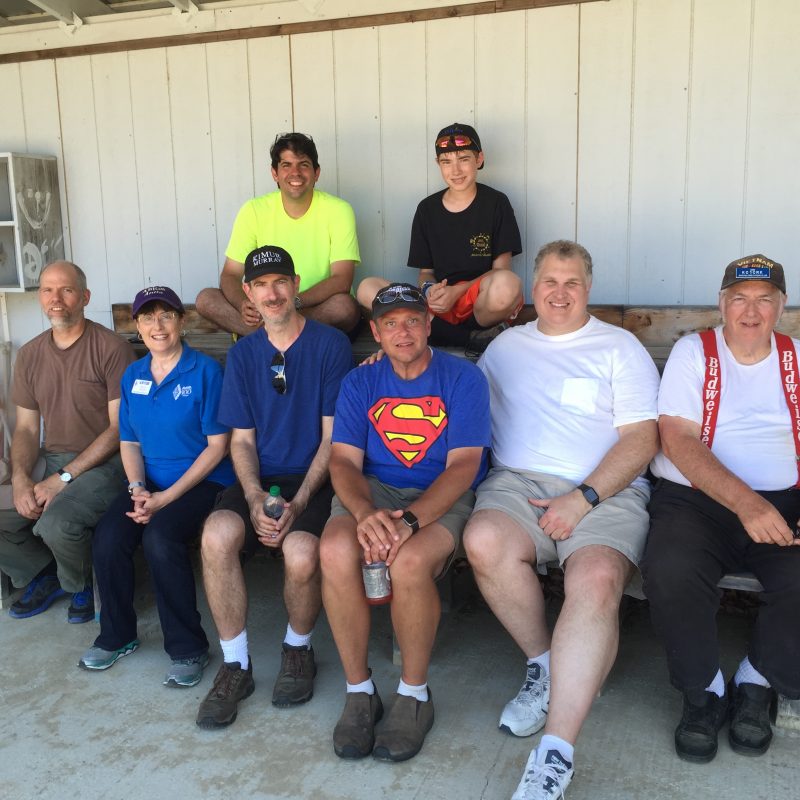
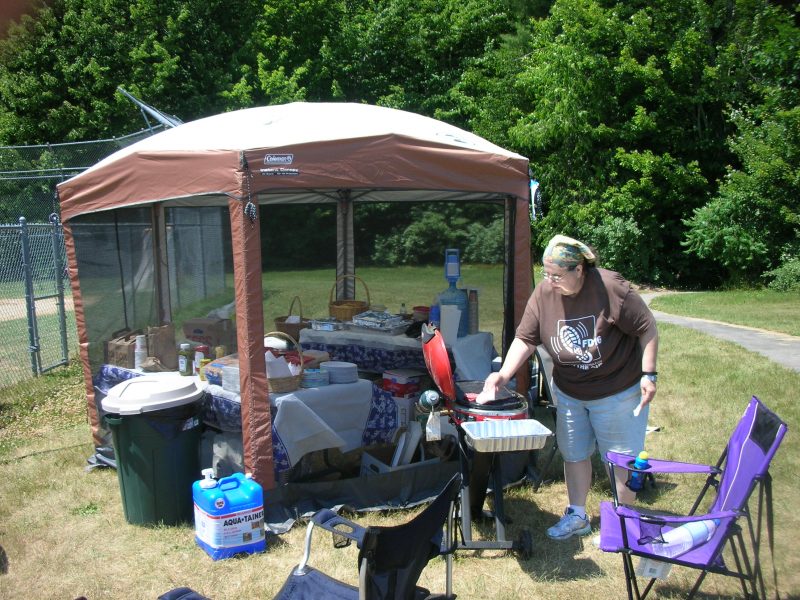
We also helped to introduce folks to Amateur Radio via our GOTA Station.

It’s fun to think about all the great things that went on during Field Day this year.
Our 2016 Highlights Video
Looking forward to our 2017 Field Day operation!!!
Fred, AB1OC
Hashtag: #ARRLFD

